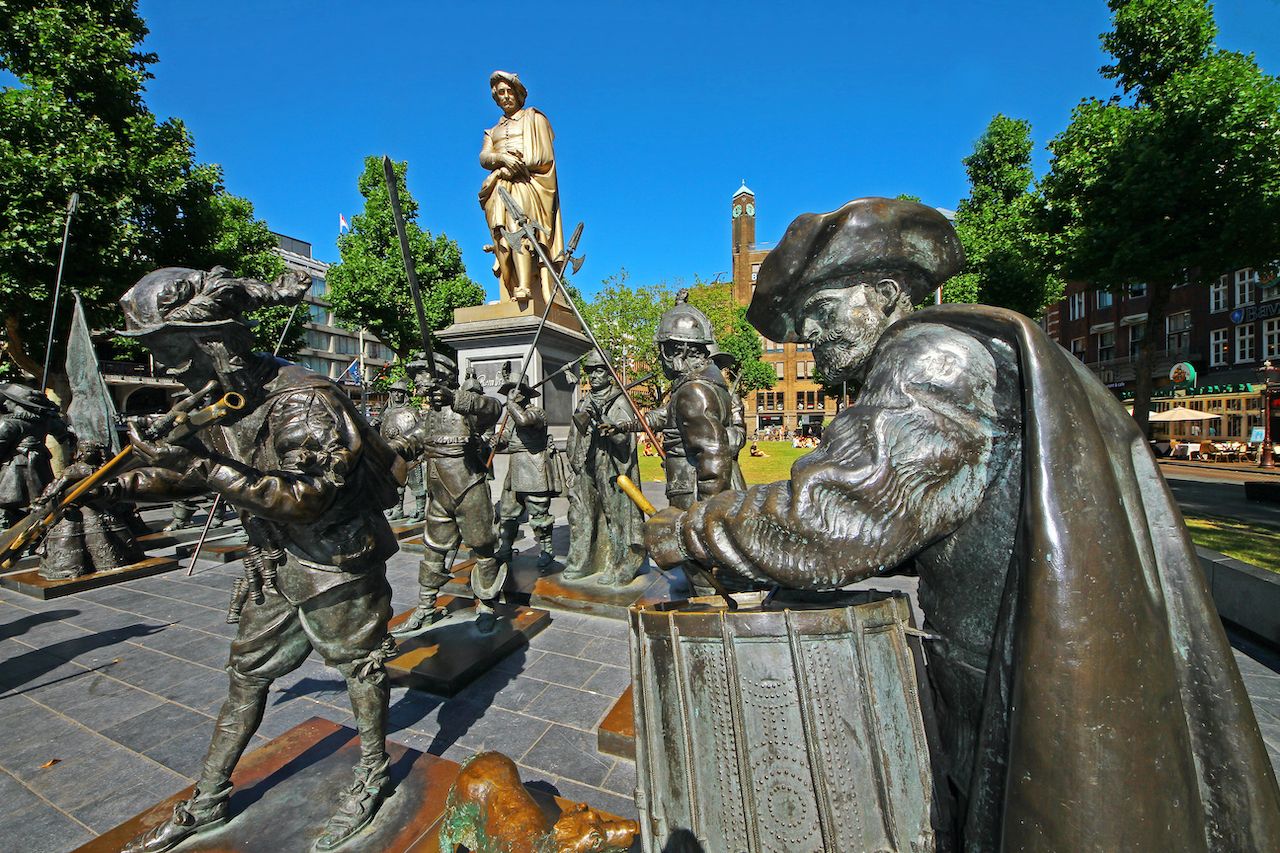


5
De Plantage
De Plantage

Neighborhoods in Amsterdam
"Far greener and less touristy than Amsterdam’s historic center, De Plantage has wide, leafy boulevards that contrast with the Canal Belt’s narrow, cobblestoned streets. The neighborhood is home to the Hortus botanical gardens and the city’s Jewish Quarter, where Rembrandt lived at the height of his fame. Today the famous painter’s house is a museum replete with prints, sculptures, and paintings that reconstruct his life in the Dutch Golden Age.The legacy of the Jews in Amsterdam is preserved in the Jewish Cultural Quarter, encompassing the Jewish Historical Museum, Portuguese Synagogue, Dutch Resistance Museum, and Hollandsche Schouwburg, a theater that served as the last stop in Amsterdam for 104,000 Jews deported from the Netherlands to extermination camps during World War II. Waterlooplein, the main square that was once the core of the community, is now better known for its daily (except on Sundays) flea market.Across the Amstel River, Rembrandtplein is the site of hip nightclubs, trendy bars, and smoky coffeeshops. A cast iron statue of Rembrandt, made in 1852 by sculptor Louis Royer, presides over the lively square. To mark the 400th birthday of the famous Dutch painter, a bronze-cast representation of his most famous painting, “The Night Watch,” by Russian artists Mikhail Dronov and Alexander Taratynov, was installed in 2006 around Royer’s work.Further south, the Royal Theatre Carré hosts cabaret, opera, and Broadway musicals. At The Hermitage, Peter the Great’s fascination with Amsterdam’s enlightened culture is on full display in this museum of Dutch-Russian history modeled after its namesake in St. Petersburg." - MATADOR_NETWORK







































